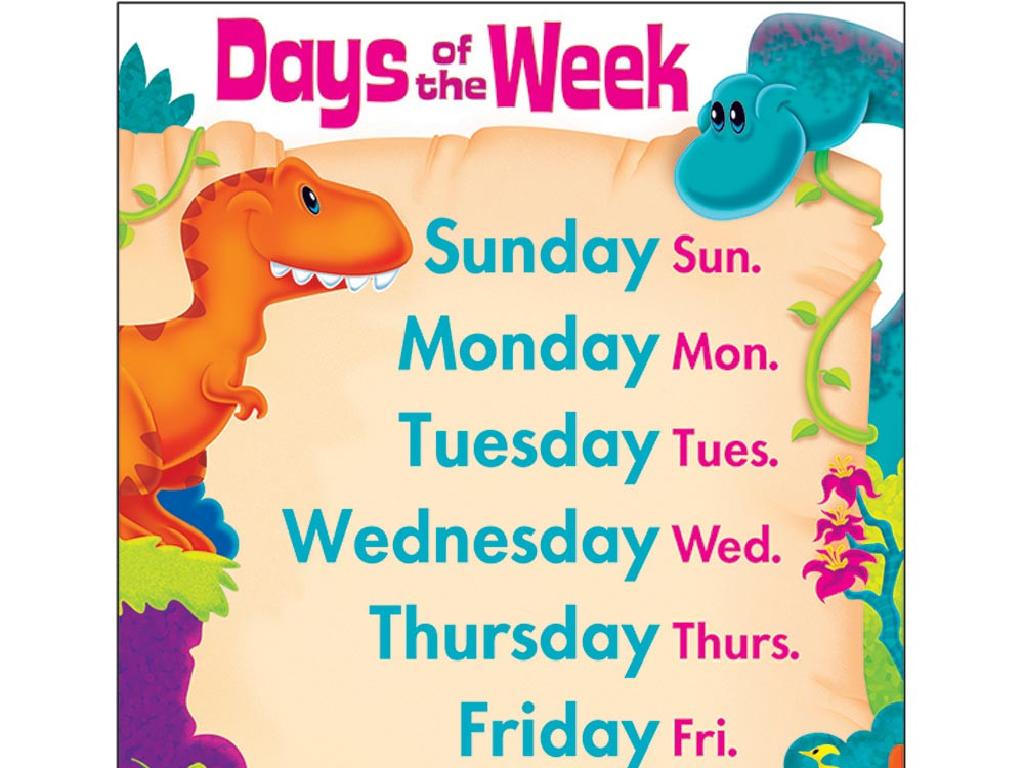Identify Fractions On Number Lines
Subject: Math
Grade: Third grade
Topic: Fractions On Number Lines
Please LOG IN to download the presentation. Access is available to registered users only.
View More Content
Welcome to Fractions on Number Lines!
– Understanding parts of a whole
– A whole divided into equal parts
– Fractions in everyday life
– Pizza slices, water jugs, and pie pieces
– Representing fractions on lines
– Each point on the line is a fraction
– Practice with real examples
– Use number lines to find fractions of objects
|
Today’s lesson introduces fractions as parts of a whole, which is a fundamental concept in understanding how to identify and use fractions. Begin by explaining that a fraction represents a part of a whole item or a set of items. Use relatable examples like slices of pizza or pieces of pie to illustrate fractions in everyday life. Show how these fractions can be represented on a number line, with each point on the line corresponding to a fraction. Encourage students to think of a number line as a stretched-out ruler that can measure parts of a whole. Provide real-life examples and have students practice placing fractions on a number line to reinforce the concept. This visual approach will help them grasp the idea of fractions more concretely.
Understanding Fractions on Number Lines
– A fraction shows part of a whole
– Top number is the numerator
– It tells how many parts we have
– Bottom number is the denominator
– It tells how many equal parts the whole is divided into
– Fractions are everywhere in life
– Pizza slices, sharing candies, and measuring cups
|
Begin by explaining that a fraction represents a part of a whole, something that is less than a single complete thing. The numerator, the top number of a fraction, indicates how many parts of the whole we’re looking at, while the denominator, the bottom number, shows into how many parts the whole is divided. Use everyday examples like slices of pizza to illustrate fractions in a way that’s relatable to third graders. This will help them visualize fractions as parts of a whole before moving on to locating them on number lines.
Fractions on Number Lines
– What is a number line?
– A straight line with numbers at equal spaces
– Number lines show order of numbers
– Like a ladder, each step goes up by 1
– Number lines can show fractions
– Fractions fit between whole numbers
– How to place fractions on a line
– Find the space for halves, thirds, fourths
|
This slide introduces students to the concept of number lines and how they can be used to represent not only whole numbers but also fractions. Begin by explaining that a number line is like a ruler for numbers, where each mark represents a number. Emphasize that just as we can count up or down by whole numbers, we can also see how fractions are parts of a whole on the number line. Show examples of simple fractions like 1/2 or 1/4 on a number line and explain how they are placed between whole numbers. Encourage students to think of a number line as a tool that helps them visualize and better understand the size and order of different numbers, including fractions.
Placing Fractions on a Number Line
– Fractions fit between whole numbers
– Spaces divided into equal parts
– If a space is split into 4, each part is 1/4
– Parts based on the fraction’s denominator
– A denominator of 5 means 5 parts between whole numbers
– Understanding fractions on lines
|
This slide introduces students to the concept of placing fractions on a number line. Emphasize that fractions represent values that are not whole numbers and can be found between the integers on a number line. Explain that the spaces between whole numbers are divided into equal parts, and the number of parts is determined by the denominator of the fractions. For example, if the denominator is 4, then each space between the whole numbers is divided into 4 equal parts. This visual representation helps students understand the size of fractions relative to whole numbers and to each other. Encourage students to practice by dividing number lines into equal parts and placing various fractions on them.
Identifying Fractions on a Number Line
– Finding 1/2, 1/4, 3/4 on a line
– 1/2 is the middle, 1/4 is halfway to 1/2, and 3/4 is halfway after 1/2
– Count spaces for other fractions
– Each space between numbers shows a fraction
– Fractions as in-between numbers
– Fractions are not just whole numbers; they can be parts of a whole
– Practice with different fractions
|
This slide introduces students to the concept of locating simple fractions on a number line. Start by showing them how to find 1/2 by identifying the midpoint between 0 and 1. Then, explain that 1/4 is halfway between 0 and 1/2, and 3/4 is halfway between 1/2 and 1. Emphasize that the spaces between whole numbers can be divided into equal parts to represent fractions. Use a number line diagram to illustrate these points. Encourage students to practice by identifying where other fractions would be located on a number line. This will help them understand that fractions are numbers that can represent quantities between whole numbers, enhancing their grasp of the number line as a tool for visualizing fractions.
Placing Fractions on a Number Line
– Placing 1/3 on a number line
– Imagine cutting a cake into 3 equal parts; 1/3 is one of those parts.
– Finding 2/5 on the number line
– If we divide a line into 5 equal sections, 2/5 is two of those sections.
– Class practice: Where is 4/8?
– 4/8 is halfway because 4 is half of 8, just like 4 out of 8 pieces of a pizza.
– Understanding fractions visually
|
This slide is an interactive activity to help students visualize fractions on a number line. Start by explaining that a number line is like a ruler for numbers. Show them how to place 1/3 on a number line by dividing the line into three equal parts and marking one part. Then, move on to 2/5, dividing the line into five parts and marking two. For class practice, ask students to think about where 4/8 would go and discuss why it’s the same as 1/2. Use real-life examples like pieces of cake or pizza to make it relatable. Encourage students to draw their own number lines and place the fractions on them. Provide immediate feedback and support as needed.
Your Turn: Placing Fractions on Number Lines
– Receive your fraction worksheet
– Place fractions on the number lines
– Compare answers with a partner
– Help each other understand the placement
– Discuss any differences
– Why did your answers vary?
|
In this activity, students will apply their knowledge of fractions by placing them on number lines on their worksheets. This hands-on experience reinforces their understanding of fractions as numbers and their relative values. After placing the fractions, students will pair up to compare their worksheets and discuss their answers. This peer interaction encourages collaborative learning and critical thinking as they explain their reasoning and understand their partner’s perspective. For the teacher: Prepare worksheets with number lines and a set of fractions for each student. Monitor the class as they work, offering guidance as needed. Be ready with additional examples if students require more practice. Possible variations of the activity could include using different denominators, comparing improper fractions, or placing mixed numbers.
Class Activity: Fraction Number Line Art
– Create a paper number line
– Mark fractions on the line
– Place fractions at correct intervals
– Color between the fractions
– Use colors to differentiate fractions
– Present your number line
|
This activity is designed to help students visualize fractions on a number line and understand the concept of spacing between fractions. Provide each student with a strip of paper and have them draw a number line. Guide them to carefully place fractions at the correct intervals on the line. Encourage creativity by having them color the spaces between fractions to represent different parts. This will help them see the size of fractions relative to each other. Once completed, students will present their number line art to the class, explaining the placement and spacing of fractions. This reinforces their understanding and allows for peer learning. Possible variations of the activity could include using different denominators, comparing fractions, or even adding and subtracting fractions using the number lines they’ve created.
Review: Fractions on Number Lines
– Recap on fractions and number lines
– Fractions represent parts of a whole divided into equal parts.
– Placing fractions on a number line
– Imagine dividing the space between numbers into equal parts.
– Open floor for questions
– Share interesting observations
– Did you find a pattern or trick that helps?
|
This slide is aimed at reviewing the previous lesson on fractions on number lines. Start by asking the class what they remember about placing fractions on a number line. Encourage a student to demonstrate how to place a fraction on the board. Open the floor for any questions the students might have, providing clarification where needed. Finally, ask the students if they found anything particularly interesting or if they have any tips or patterns they noticed that could help their classmates. This will help reinforce their understanding and allow them to articulate their learning.






